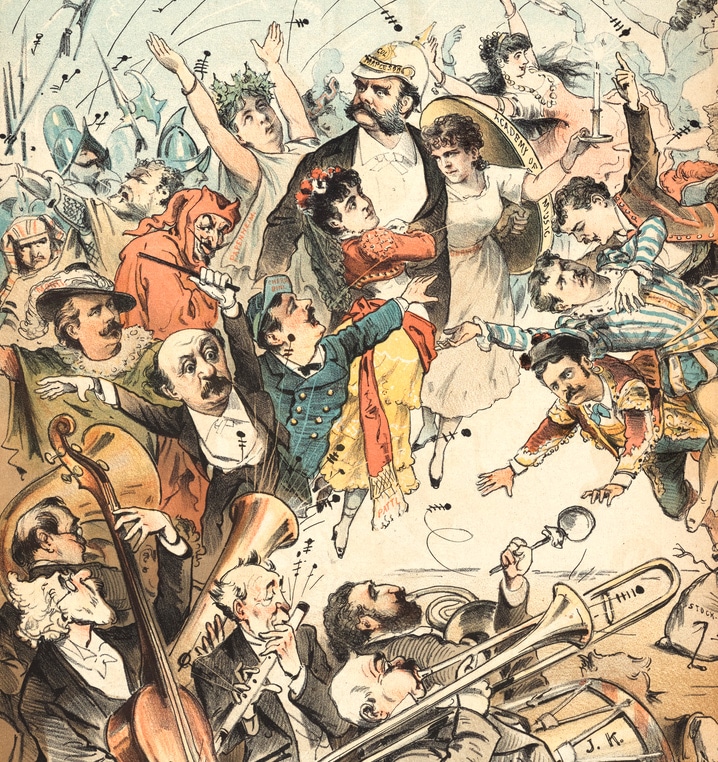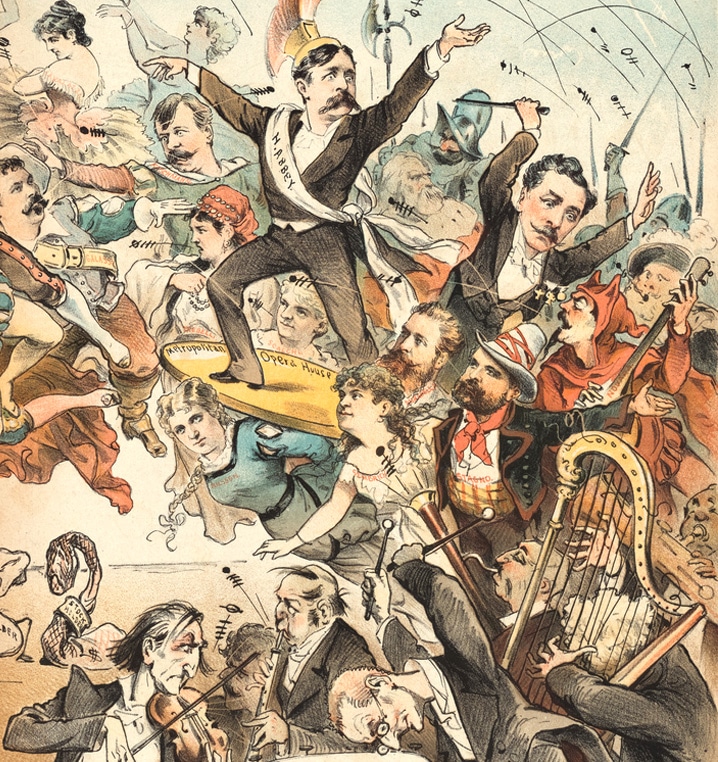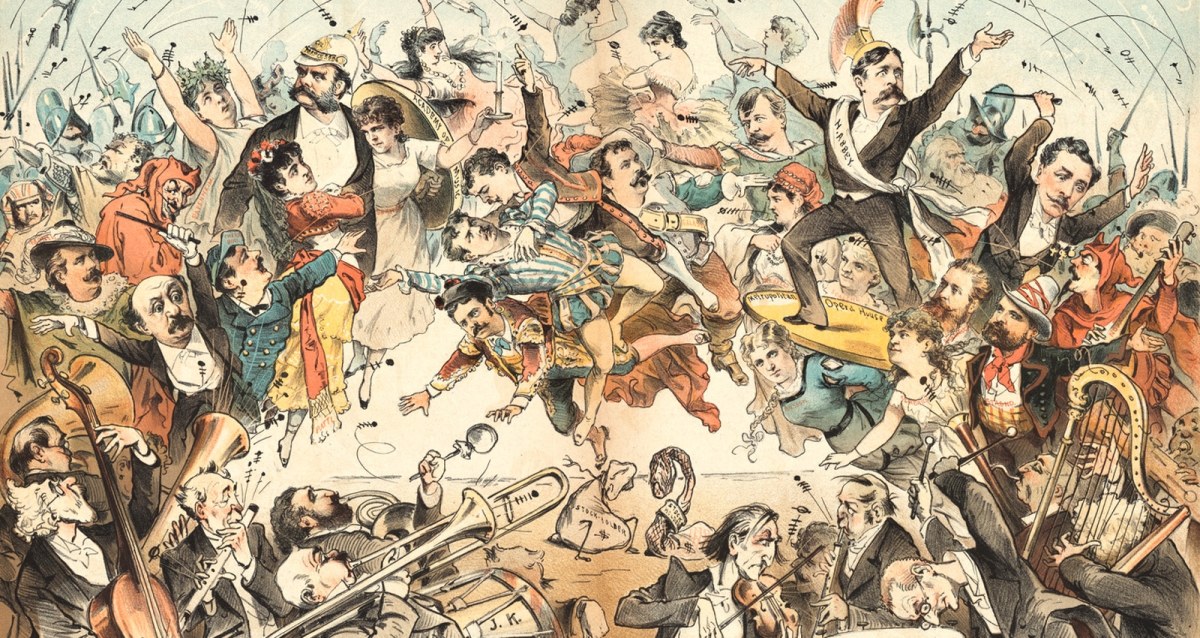On September 30, 2002, two civil rights lawyers, Johnnie L. Cochran, Jr. and Cyrus Mehri, released a report called “Black Coaches in the National Football League: Superior Performance, Inferior Opportunities.” By then, the problem of diversity in the sport had already been widely acknowledged. “A panel of ESPN experts were asked their opinion on the most important issue facing the NFL today. The most frequent response was poor minority hiring in the head coaching ranks,” they wrote. Yet casual efforts to improve the situation hadn’t helped. “Commissioner Paul Tagliabue has responded to this situation with informal efforts to cajole team owners, but his efforts are far from adequate.” Cochran and Mehri proposed “carrot and stick” rules involving draft picks to encourage teams to diversify their front offices and at least interview minority candidates for head coaching positions.
Nearly 16 years later, classical music is at a similar turning point. While many commentators have recognized the need for diversity in orchestral programming, the institutions of our genre have largely failed to offer music by women composers or composers of color. The Philadelphia Orchestra, the Chicago Symphony Orchestra and others didn’t include a single work by a woman in their entire 2018-19 programs. (The Los Angeles Philharmonic is a notable exception.) In 2002, football had a similar problem: “This season, the number of black head coaches among the 32 NFL teams has dropped from (a never-impressive) three to two,” noted Cochran and Mehri. Instead of simply lamenting the state of things, they proposed a concrete, policy-based solution.
We are going to need a concrete solution as well. In response to a VAN inquiry, the Philadelphia Orchestra made a statement that “we recognize that diversity among composers is an area of needed expansion, although sometimes uneven from season to season based on a number of factors.” (The Chicago Symphony Orchestra could not be reached for comment.) But as Douglas Shadle pointed out on I Care If You Listen last week, “a number of factors” really means the “painfully circumscribed financial interests of a performer’s career,” ease of marketing and scheduling, and some audience members’ preference for the familiar. These issues, along with the overwhelming whiteness of orchestra’s administrations, are powerful incentives to maintain the status quo. “Informal efforts to cajole,” on social media or in person, may not be enough.

Our field is already full of high-quality resources about women and composers of color. We have fantastic initiatives such as Compass New Music/Listening to Ladies, the #HearAllComposers campaign, National Sawdust’s Hildegard Competition, Hamburg Conservatory’s portal Musik und Gender im Internet, Rob Deemer’s Women Composers database, the Center for Black Music Research, and much more. In football at the turn of the millennium, too, there was no shortage of black coaching talent, which didn’t lead to black head coaches. We emailed the League of American Orchestras asking if the organization had a way of rewarding members for meeting diversity goals. Rachelle Schlosser, the League’s press representative, responded that it has “made diversity, equity, and inclusion a priority in its current operating strategy,” with a focus on auditions, music education, and board and staff diversity. Schlosser mentioned their Women Composers Readings and Commissions program, and that the organization “publicize[s] related resources” like the Women Composers database. We agree with Schlosser that this approach is “thoughtful and systematic,” but it might not be confrontational enough. Maybe orchestras also need the carrot and the stick.
We don’t have one single solution that is certain to make ensembles program with more diversity. It’s hard to imagine an exact analogy to the Rooney Rule for classical music, mainly because there is no equivalent to the NFL (also, the Rule’s record is somewhat mixed). But even without a similar organization, there are options: the League of American Orchestras could make no-strings-attached grants directly to ensembles who program women and composers of color in their seasons; musicians’ unions, or the orchestra world’s first Colin Kaepernick, could organize strikes in response to all-white, all-male programming; as Matt Marks has suggested on Twitter, white male composers can boycott concerts where they are the only category of person represented. Perhaps something as simple as orchestras agreeing to interview at least one woman or candidate of color for each open music directorship could make a small difference, too—at the very least, they’d be forced to look deeper for new talent, rather than simply plucking an established maestro off the international merry-go-round. This is something orchestras could agree to start tomorrow, and it wouldn’t cost them anything. “The complexion of decision makers often creates barriers to equal opportunity,” Cochran and Mehri wrote, and though orchestra programming is a complex process, musical authority usually flows downwards from the conductor.
Why does the repertoire need to change, anyway? Musicologists have already deconstructed the misguided notion that the great works we hear season in, season out, are the only masterpieces for orchestra. (Also, will we forget how “Pictures at an Exhibition” goes if we don’t hear it every single year?) To that I’d add that orchestras program mediocre pieces of music all the time, just ones that happen to overwhelmingly be written by dead white men. Carl Maria von Weber’s Clarinet Concerto No. 2, which the Philadelphia Orchestra is playing in February 2019, is a string of endless figuration; Rimsky-Korsakov’s “Sheherazade,” at the Chicago Symphony in 2018-19, repeats itself to the point of self-parody. Programming already fulfills pragmatic functions besides the veneration of only the very best high art. In the future, one of those functions must be to represent the orchestra’s community with accuracy.
The stakes are high because young people often base their dreams on role models; it can be a huge motivation to see someone like you succeed. The composer Emma O’Halloran has written, “I didn’t even know women could be composers until my early twenties.” If you go to the orchestra or listen to classical music radio, yet never hear music by a woman composer, it’s not hard to imagine that women simply don’t compose, or that they’re never any good—what Cochran and Mehri referred to as “the stigma of being passed over.” Besides, it would take a kind of lunacy to drive someone to look up something they have been culturally and socially conditioned to believe doesn’t exist.

In her book Living with Moral Disagreement: The Enduring Controversy about Affirmative Action, Michele S. Moses outlines what she terms egalitarian and libertarian approaches to diversity. The latter describes the consensus in classical music for the last century or so: “There might be bad luck involved in people’s starting places in life, but not necessarily injustice.” She contrasts this with the concept of being treated as an equal, which “requires us to recognize the relevant differences in persons’ life situations and treating them accordingly in order for the ideal of equality to be served well.” For classical music to change, we will need to recognize the relevant differences in composer’s backgrounds, and forge policy that will advocate for the disadvantaged.
Of course, even the outlandish dream of equitable programming means nothing when a culture of sexual harassment and outright racism persists. The Rooney Rule hasn’t prevented the outrageous treatment of Kaepernick; perhaps the next James Levine or Charles Dutoit is already leading his orchestra in more diverse repertoire. But more representative programming would still be a good start: for women and people of color to feel safe expressing themselves for orchestra, they need to know that expressing themselves is possible. ¶

